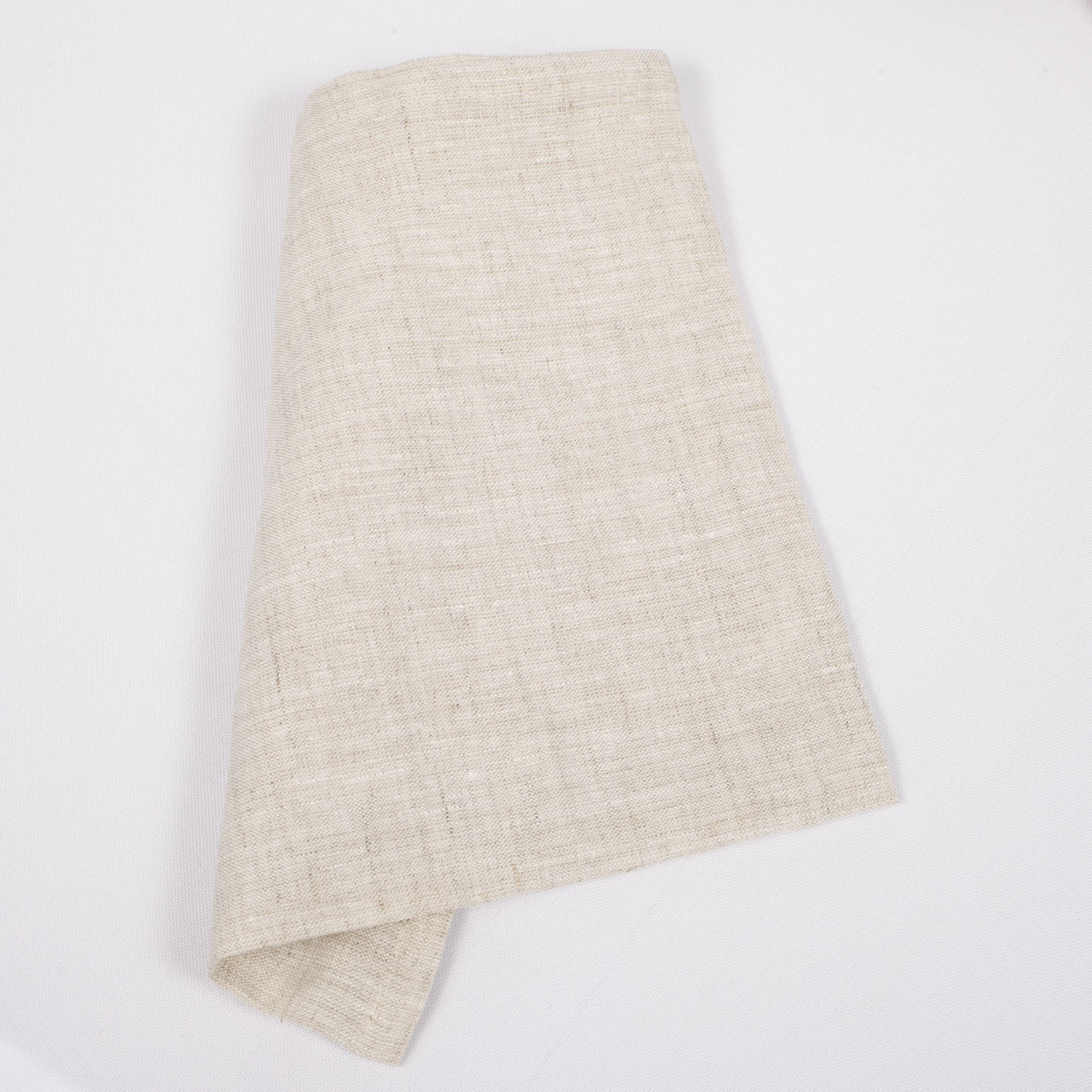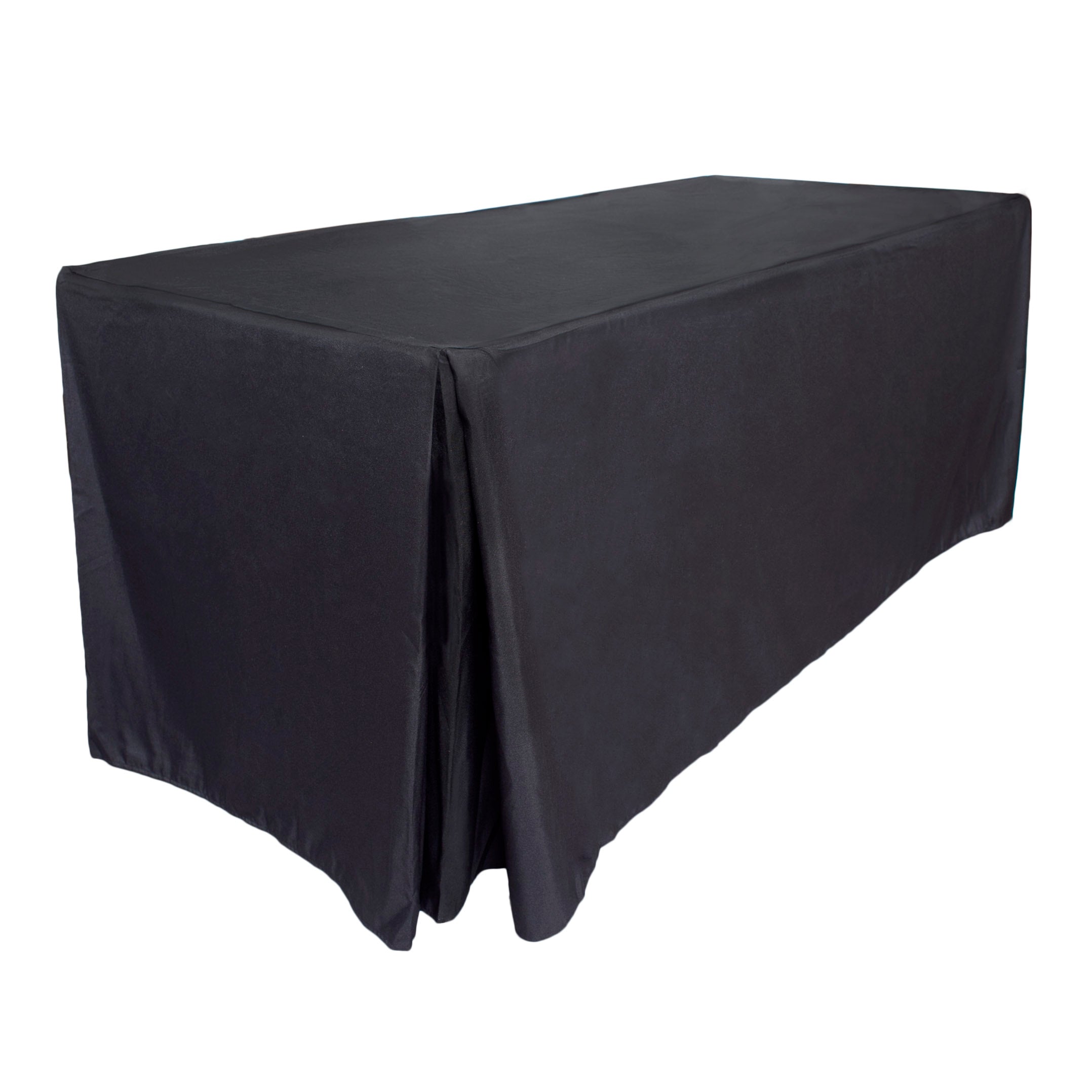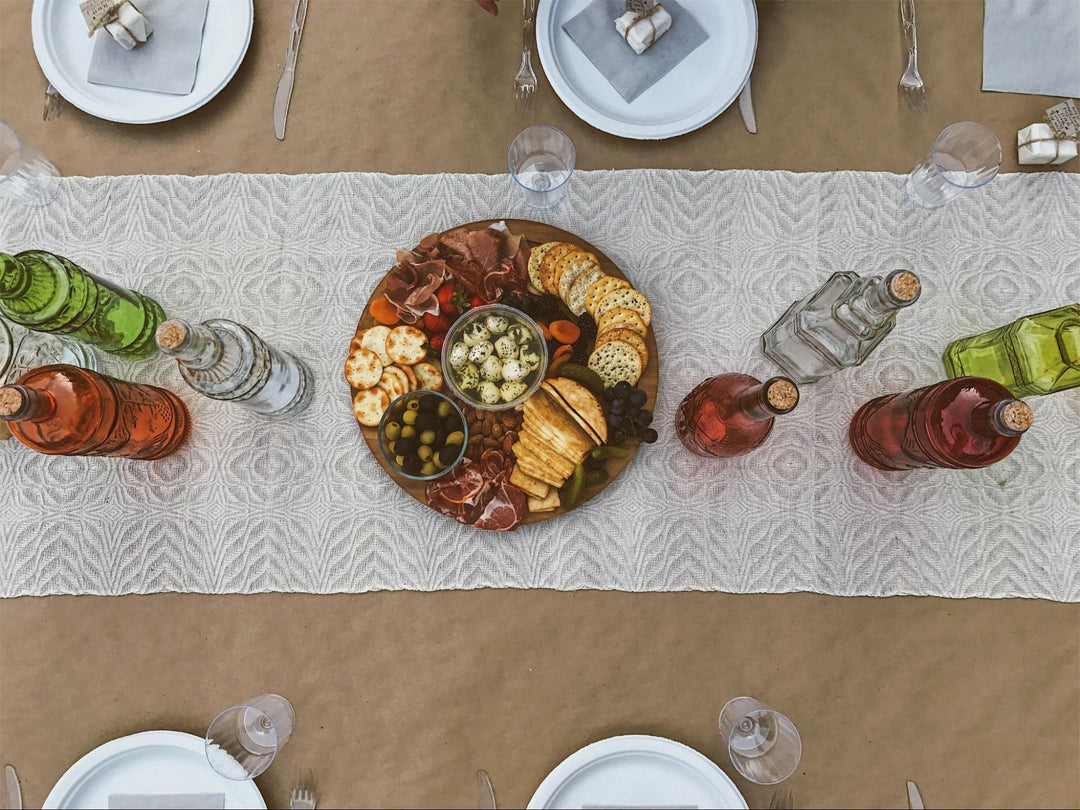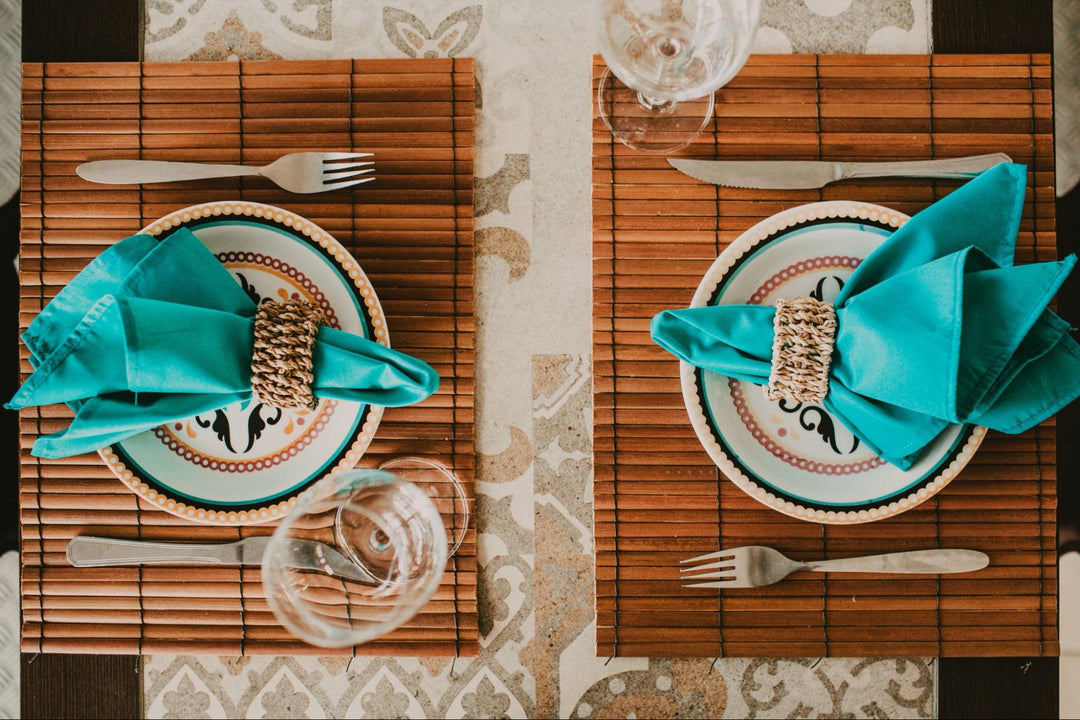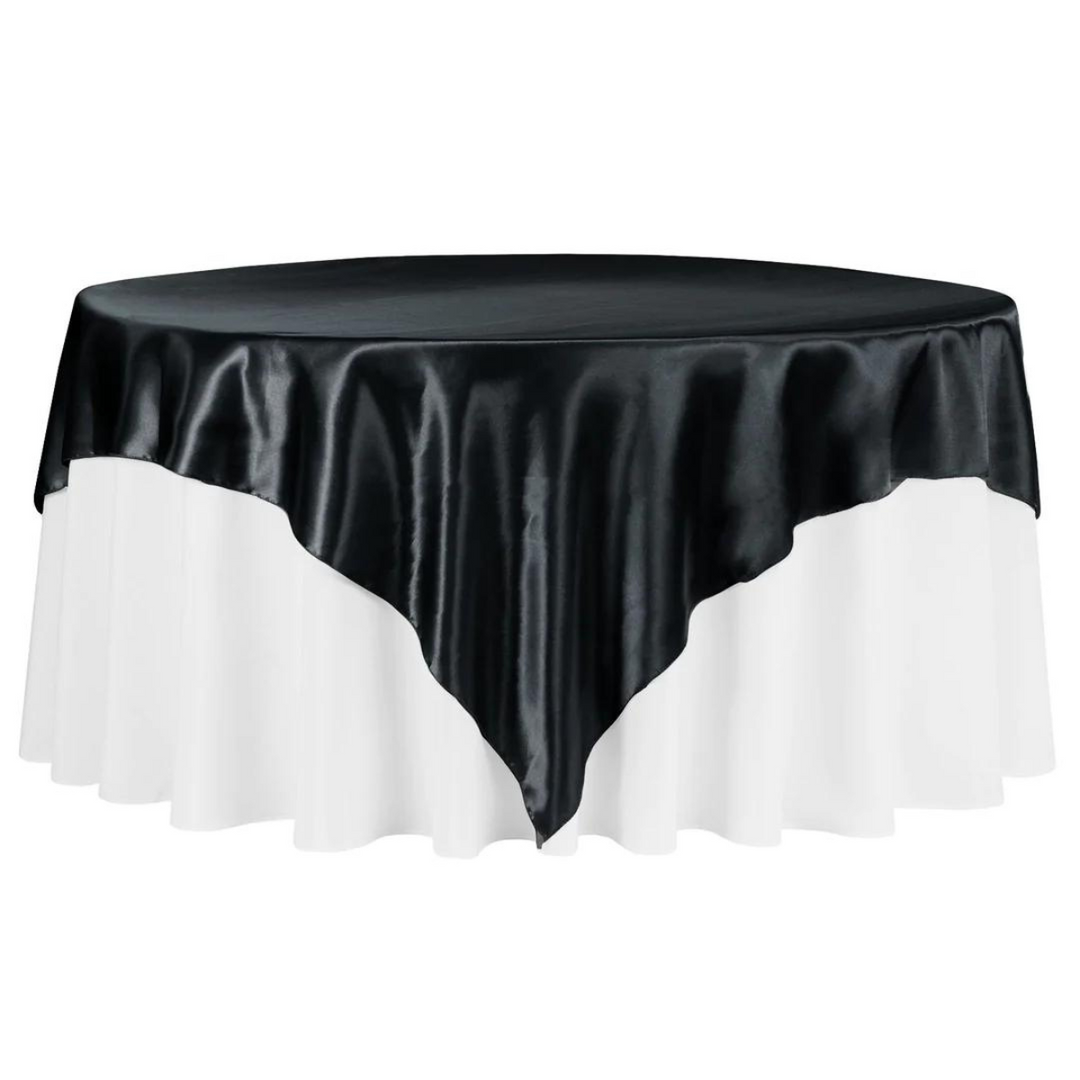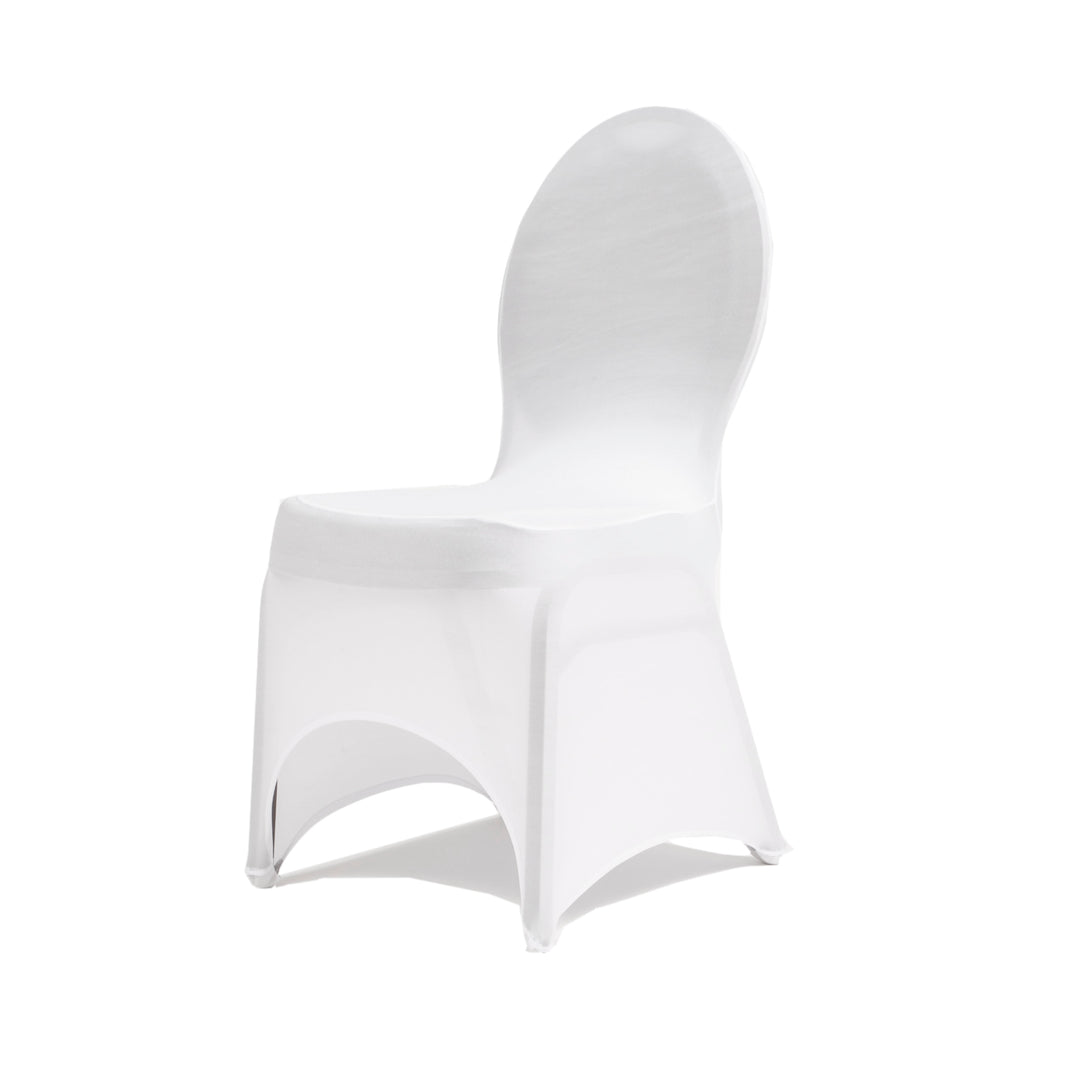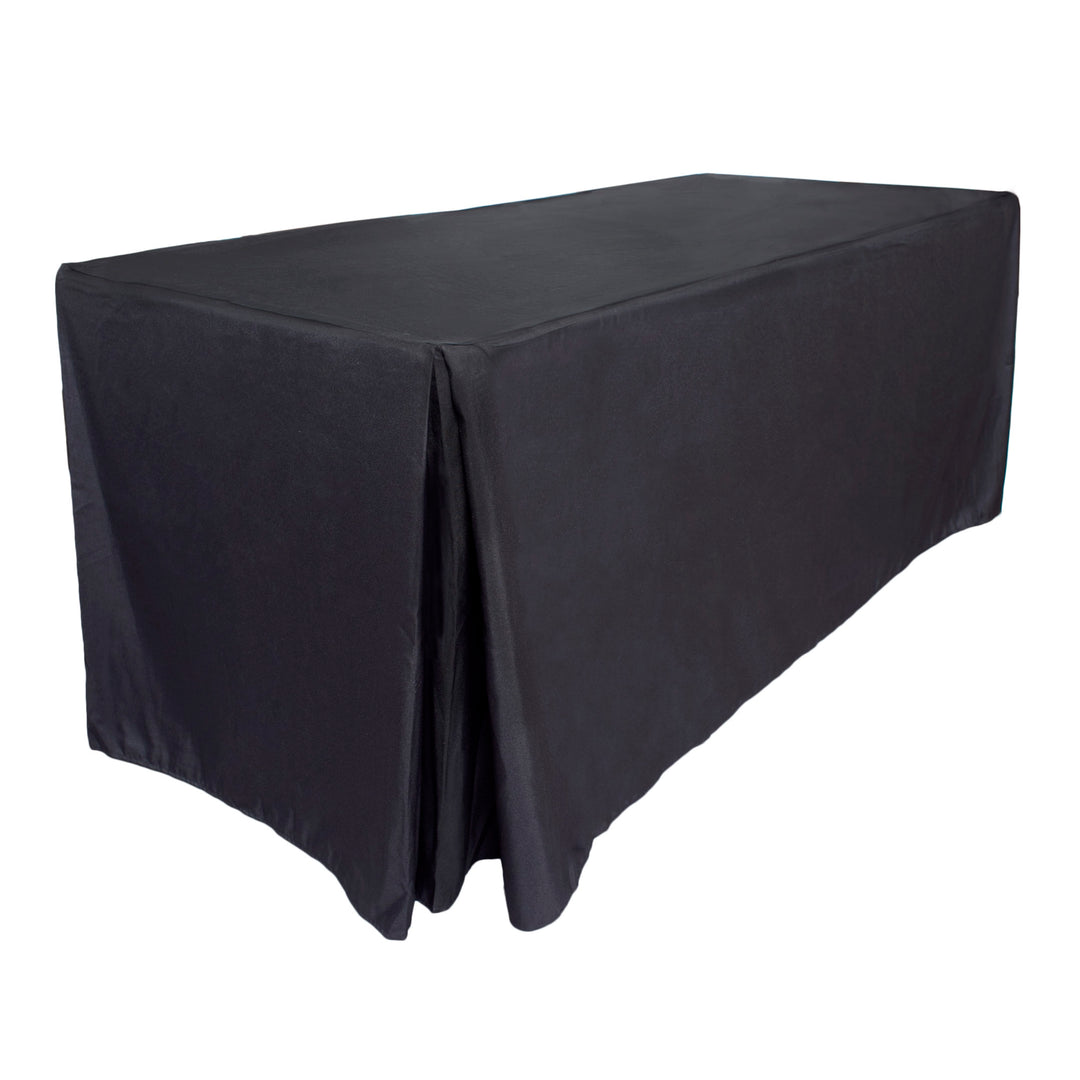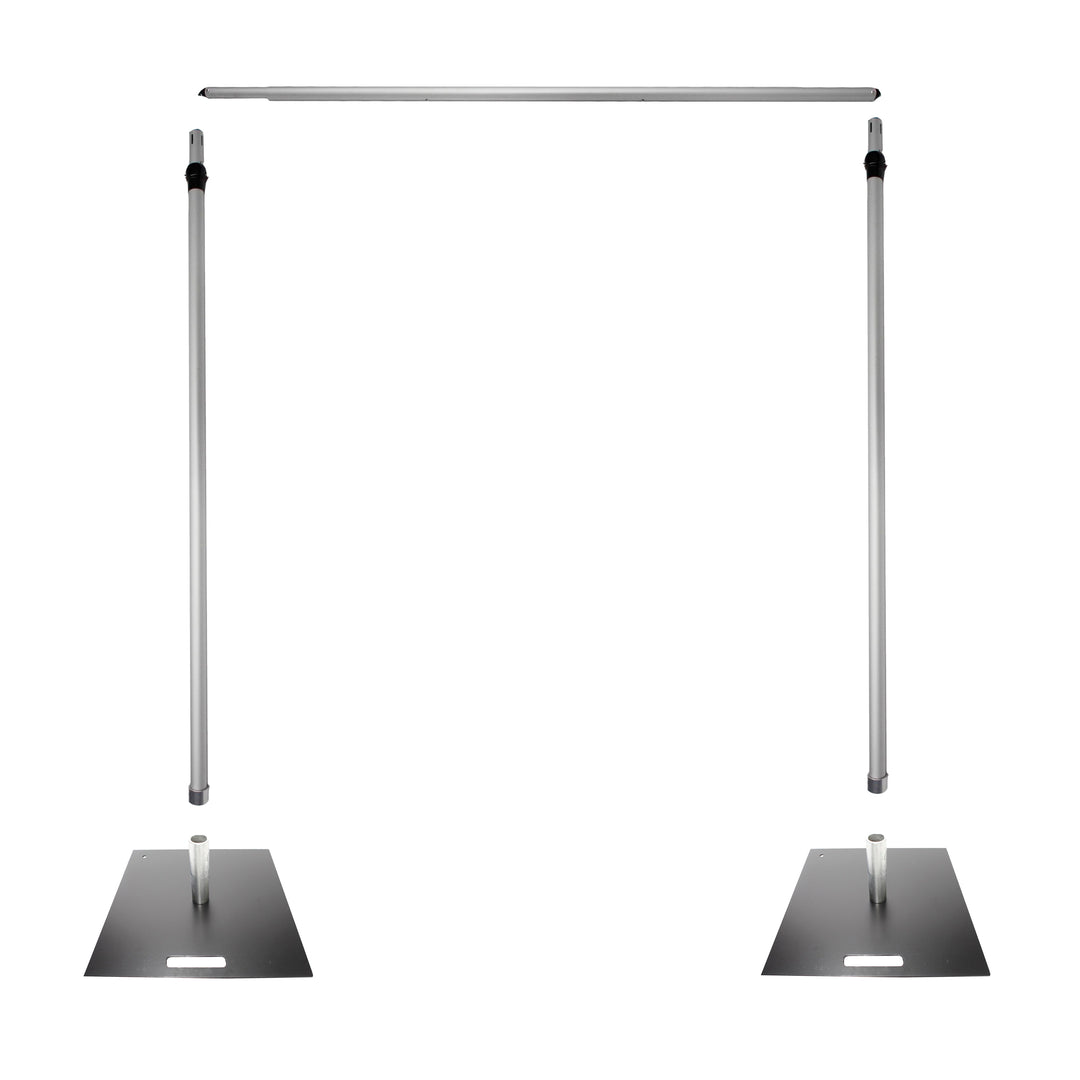Guide to planning a wedding reception

Planning a wedding reception can feel like juggling a million things at once. But don’t worry! We’ve put together a comprehensive guide to making your big day unforgettable. Whether you’re dreaming of a chic urban warehouse soirée, a cozy beach bash, or a classic ballroom affair, the key is in the details. From picking the perfect venue to choosing the right theme and managing the schedule, this guide tells you all you need to create a seamless and memorable event.
With a bit of organisation and a sprinkle of creativity, you’ll have everything in place for a fantastic celebration that you and your guests will remember for years to come.
Choosing a venue
The venue sets the stage for your entire reception, so finding the right one is crucial. Start by considering your guest list, and asking the following questions:
How many people are you expecting? Will there be mostly young families, elderly people or a mix? Do your guests have specific safety or mobility needs?Ideally, your reception venue should be a space that comfortably fits everyone and accommodates their needs.
You’ll also need to consider the location of your wedding and reception venue. Make sure it’s not difficult for your guests to find or attend. This might mean providing your guests with ample accommodation options, easy-to-use maps or directions to the location as well as advice for parking. You could also provide transportation for your guests, including coaches, public transport advice, car transport or similar services.
Most importantly, your venue needs to suit your style and complement the kind of wedding reception you want to enjoy. The options here are endless – from gorgeous garden venues for balmy outdoor receptions to spacious ballrooms for a classic vibe.
When you set your heart on a venue, be sure to book well in advance. Popular spots can fill up quickly, especially during peak wedding seasons like spring and summer. Before you book, it’s also important to understand venue policies on decorating and catering.
Choosing the style or theme
Once you’ve organised your venue, you’ll likely have plenty of opportunity to tailor the style or theme how you like. When you’re picking out your general wedding style, consider the following:
- What is your vision? - Take some time to think about what kind of event you want your reception to be. From here you can think about the broad style ideas, including general themes, colour schemes and ambience.
- The right venue - The best theme for your reception matches the character of the venue. For example, vintage themes often suit historic spaces, while modern themes fit sleek, contemporary venues. If you want a relaxed, rustic wedding, an outdoor country setting is perfect, while an urban warehouse space could be adapted to many kinds of modern, alternative themes.
- Be inspired by the season - Aligning your theme with the season is an easy way to make the most of the surrounding environment and let it enhance the style of your wedding. Spring weddings could feature an abundance of floral elements, while weddings in autumn might feature rustic, wooden decor.
- Colour palette - Your wedding colour scheme can have a big impact on the look and feel of your wedding reception. Make sure you pick a set of colours for your decor that complements the venue, matches your personal preferences and adds to the ambience you want to create. There are plenty of ways you can set the colour of your wedding reception, from tablecloths, to colourful backdrops and more.
- Table accessories - One of the most abundant furnishings at your wedding reception will be your tables. This means that decor items like place settings, cutlery sets, candle holders and other tabletop items can have a big impact on the overall style of the event.
- Practicality - It can be easy to let your budget get away from you when planning your reception. Make sure you’re keeping track of your decoration costs, including the cost of materials, transportation, installation and packdown.
- Gather inspiration - Luckily, you don’t have to start from scratch when planning your wedding decor. There are thousands of beautiful themes and decorative ideas that have already been tried, so look online or in wedding magazines for inspiration.
Planning the reception schedule

A well-planned reception schedule ensures that your event flows smoothly and that key moments happen without a hitch. When planning your schedule, start by outlining the major events throughout the evening, considering both the sequence and timing of each part. Here’s an example of how you could approach it:
1. Guest arrival
Set a time for guests to begin arriving. Ensure that there’s a designated area for mingling and refreshments. Ideally, this should be out of the way of any entrances so as to avoid blockages in the venue.
You could also plan a brief welcome speech or announcement to set the tone and provide any necessary instructions to your guests.
2. Meal Service
This section of your reception will depend on if you'll have a sit-down dinner, buffet, or canapés. Schedule the meal service to give plenty of time for guest arrival and mingling time.
Once the meals are on the tables, you’ll also need to allow adequate time for guests to enjoy their food and socialise.
3. Key moments
Once your guests have had plenty of time to enjoy their food, you can begin the cake-cutting. This timing also ensures an easy transition from dinner to dessert.
Arrange for speeches to follow the meal, as most will be seated at this point. Keep the schedule flexible to allow for any delays or extended speeches (proud dads, we’re looking at you here).
4. Entertainment and dancing!
Plan when the entertainment or dancing will start. This usually follows the speeches and cake-cutting, and it’s likely the last item on your schedule before your reception finishes up
Picking the right MC
Selecting the right MC is crucial for ensuring your reception runs smoothly. The MC, or master of ceremonies, is responsible for guiding the event, introducing speakers, and keeping the schedule on track.
If you’re thinking of asking a friend or family member to be the MC at your wedding, prioritise someone with excellent public speaking skills, flexibility and a charismatic presence. They should be comfortable engaging with guests and handling unexpected changes.
To help your reception run how you want it to, your MC should be familiar with the event details and your vision for the evening.
Clear communication about the schedule and key moments will help them execute their role effectively.
There are also professional MC services available if you’d like to hire someone with proven experience and a career background in hosting. This might be the right choice for you as it ensures your reception will be coordinated by a professional, while you won’t have to ask the favour of that family member or friend.
Planning the seating
Every wedding reception needs seating of some kind. But there are plenty of ways to go about this. When planning your seating arrangement, consider the following points:
- Guest relationships - Seat guests in a way that makes sense for existing relationships. This means seating couples together, families at the same table or in the same section, and friends among people who are familiar to them.
- Assigned or open seating - Decide whether to assign seats or allow guests to choose where they sit for your reception. Assigned seating can help to prevent confusion and ensure a balanced mix of guests around the space, while open seating offers flexibility and might help guests to mingle. If you use assigned seating, be flexible enough that you can accommodated any last-minute changes.
- Table layout - Arrange tables to facilitate conversation and ensure easy accessibility. The layout should complement the venue’s layout while making the most of the space. If you’re arranging a special table for the wedding party, try to arrange the tables so they make the wedding table a focal point in the space.
- Accessibility - If you have guests with mobility issues or special requirements, make sure your table positions accommodate this. You might consider where in the room these quests would feel most comfortable, and speak to them to understand their preferences.
If you decide to go for planned seating, you might want to consider creating an easy-to-read seating chart that you can place near the entrance, or email to your guests ahead of time.
Menu and catering
When it comes to planning the menu and catering for your reception, you want to make sure everyone feels satisfied and considered. Start by chatting with your caterer about the type of meal that fits your event and budget, whether it’s a formal sit-down dinner, a laid-back buffet or a spread of tasty canapes.
- Dietary requirements - Don’t forget to include options for guests with dietary restrictions like vegetarian, gluten-free, or allergy-friendly choices. Make sure these are clearly labelled so everyone can easily find something they will enjoy.
- Variety and balance - Aim for a well-rounded menu with a mix of appetizers, main courses, and desserts. Having a little bit of everything means there’s something for everyone.
- Taste testing - Set up a taste test with your caterer to try out the dishes before you commit to your menu. It’s a great way to make sure the food is as delicious as you hope and to tweak anything if needed.
- Beverages - Think about offering a variety of drinks, including non-alcoholic options. A signature drink can be a fun way to add a personal touch to your event and help to set the tone you want.
Organising your vendors and services
Most wedding receptions will involve at least a few different services or vendors, and mankind sure these are neatly organised is a crucial step in ensuring your reception goes off without a hitch. From selecting the right professionals to coordinating their roles on the big day, a little planning can make a big difference.
Start by identifying the major vendors you’ll need, such as the photographer, florist, DJ or band, and catering services. Give yourself some extra time to research these vendors, compare prices and book well enough in advance so that you can secure your preferred choices. Look for vendors who have experience with similar events. Even better, keep an ear out for those who come highly recommended. Reviews and referrals from friends and family can be incredibly useful in making your decisions.
- Photographer - Choose a photographer whose style and portfolio matches your vision for the event. Have a conversation with them so they know what photo types you’re after, such as candid or posed shots, and provide a list of key moments you want captured.
- Florist - When selecting a florist, consider the theme and colour scheme of your reception. Work with them to create arrangements that complement your decor and work well within the space. Be clear about your budget and any specific floral elements you want, like centrepieces, flower arches, bridal bouquets and more.
- Entertainment - Decide whether you want a live band, DJ, or another kind of entertainment. Meet with the performers to discuss your musical preferences and the atmosphere you’re aiming for. Ensure they have all the necessary equipment and know the schedule for performances or announcements.
- Catering - Confirm your menu with the caterer and make sure they understand any special dietary requirements. Confirm any other important service details, such as the timing for meal service and setup needs.
- Additional services - Don’t forget about any extra services you want like photo booths, dessert stations, or special lighting. Small touches like these can make your wedding reception even more memorable and engaging for your guests, and can leave them with a beautiful souvenir to remember the special day by.
Keep open lines of communication with each vendor, and make sure you provide them with a detailed plan for the day to help ensure everything runs smoothly. Confirm all details and timings as the event approaches to avoid any last-minute unpleasant surprises.
Typical reception costs

When planning a wedding reception, understanding the typical costs can help you manage your budget more effectively. Costs can vary based on your location and the number of guests you’re expecting. Whether you’re hosting a small, intimate gathering or a large celebration, having a ballpark figure for different states and guest counts can make planning easier and ensure you stay within your budget. Here’s a handy guide to give you a rough idea of what to expect.
|
State |
Number of Guests |
Estimated Cost Range $ |
|
New South Wales |
50 - 100 |
$15,000 - $30,000 |
|
100 - 200 |
$30,000 - $60,000 |
|
|
Victoria |
50 - 100 |
$16,000 - $36,000 |
|
100 - 200 |
$36,000 - $65,000 |
|
|
Queensland |
50 - 100 |
$12,000 - $26,000 |
|
100 - 200 |
$26,000 - $55,000 |
|
|
Western Australia |
50 - 100 |
$15,000 - $30,000 |
|
100 - 200 |
$30,000 - $60,000 |
|
|
South Australia |
50 - 100 |
$10,000 - $30,000 |
|
100 - 200 |
$30,000 - $55,000 |
With this information, you’ll have a better idea of the costs involved and can plan your wedding reception with more confidence and ease.
Be sure to follow Luna Wedding & Event Supplies on Instagram for more gorgeous decor ideas and wedding table inspiration, or to see our amazing decorations and products in action.
‘Til next month xx


